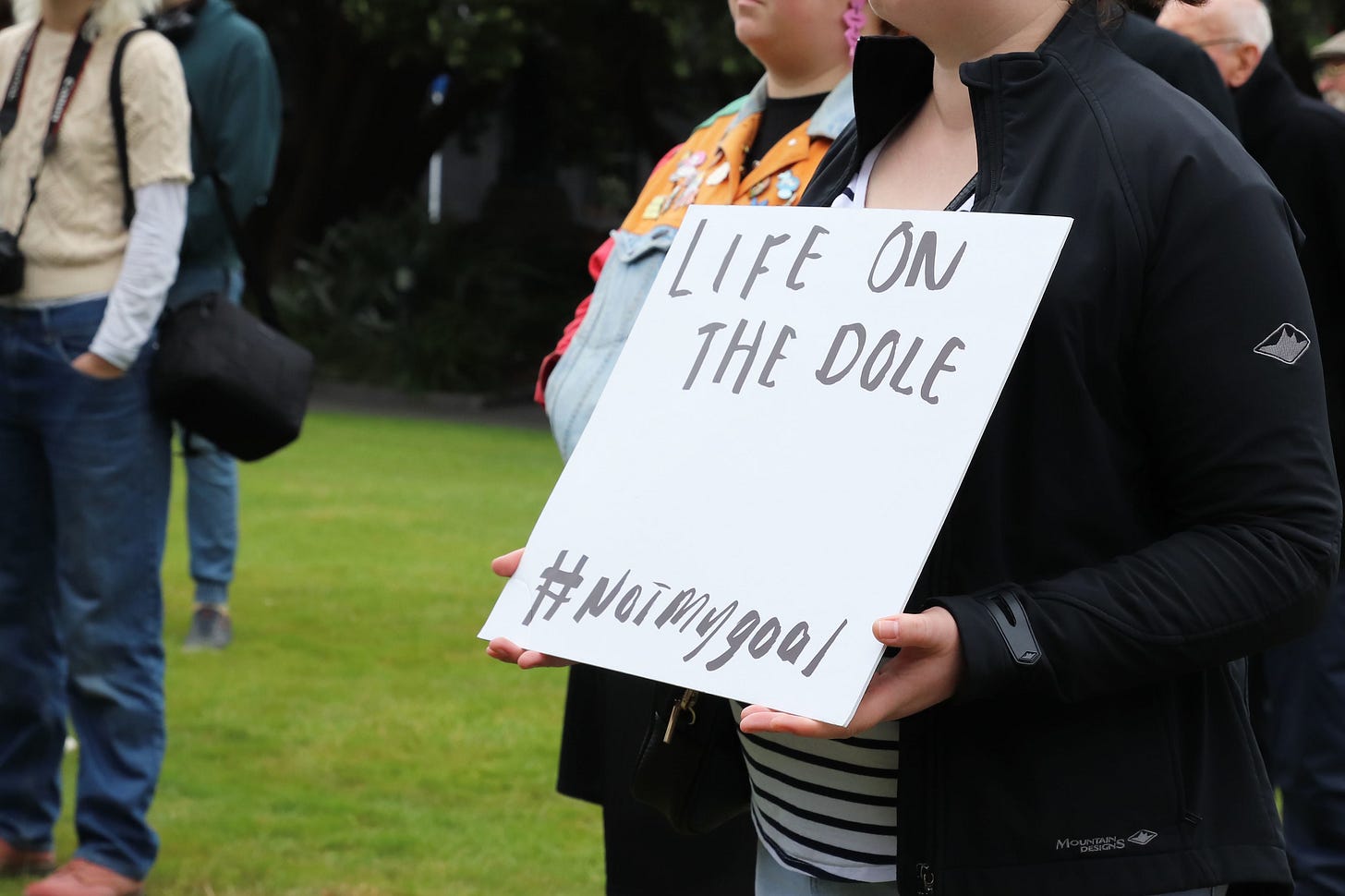
Long stories short, the top six things in our political economy around housing, climate and poverty on Tuesday, February 4 are:
Social Development Minister Louise Upston yesterday announced a toughening of sanctions on jobseekers to force them into work, but job ads, beneficiary numbers and new employment data show those being sanctioned are trying to find work when there are fewer job ads and employment is flat to falling;
The tougher sanctions requiring more job-seeking and training come on the eve of December quarter labour force figures tomorrow, which are expected to show a rise in unemployment rate to 5.1% from 4.8% and a second consecutive fall in quarterly jobs numbers;
The tighter sanctions are modelled on ones used in Britain since 1995, which did push people off the benefit, but didn’t increase the number of workers, and which evidence has repeatedly shown don’t work, as our own Welfare Experts Advisory Group (WEAG) reported in 2019;
The sanctions and the Government’s tightening of fiscal policy have coincided with the (lagged) peak of tight monetary policy and robust growth in jobs in Australia in recent months, thanks to the Reserve Bank of Australia not running monetary policy as tight as the RBNZ and both Federal and state Governments there running looser fiscal policy;
The combined result of these toughenings and tightenings here when Australia and other competing labour markets have loosened policies is that 127,800 New Zealand citizens, residents and workers emigrated permanently year to the end of November, and were more than replaced by 158,400 workers, mostly on temporary work visas; and,
Household living cost indices published yesterday showed living costs for the lowest-spending quintile rose 3.9% in the year to the end of December, which was above Consumer Price Index inflation of 2.2% and inflation for the highest-spending quintile of 2.7%, largely because rent inflation is still high, while mortgage interest costs are now starting to fall.
(There is more detail, analysis and links to documents below the paywall fold and in the podcast above for paying subscribers. If we get over 100 likes from paying subscribers we’ll open it up for public reading, listening and sharing.)
‘Try harder to get a job, even though there’s fewer jobs’
Timing is everything in the political economy, as in life, and the Government has again chosen to tighten its fiscal belts and toughen sanctions on unemployed people at a time when their real incomes are falling and the Government’s own fiscal policy tightening means there are fewer jobs available here, and more in other countries.
The timing of the new crackdown also comes at a time when Australia’s jobs market in particular is heating up again, thanks in part to Governments there loosening their fiscal policies and Australia’s Reserve Bank having kept interest rates lower for longer than the RBNZ.
The end result has been an acceleration of the ‘churn and burn’ in our overall workforce, with an average of 350 citizens, residents and temporary work visa holders emigrating permanently each day in the last year, while an average of 433 new workers arrived each day, mostly from India, the Philippines and China with temporary work visas. More than half of the emigrants are going to Australia.
Social Development Minister Louise Upston said the tougher sanctions were designed to increase economic growth here by getting more people into work. They are similar to ones tried in Britain in 1995 (without success1) to increase the numbers of people in work, although they did force more people into unemployment without a benefit.
The irony is the Government’s actions over the last year have both increased the number of beneficiaries sanctioned (156,000, up 126% from a year ago) and increased the numbers of beneficiaries going into work (33,000, up 22%), but have also increased the overall number of beneficiaries, including those on sickness, sole parent and supported living benefits, by 30,854 or 8.2% to a record-high 409,665.
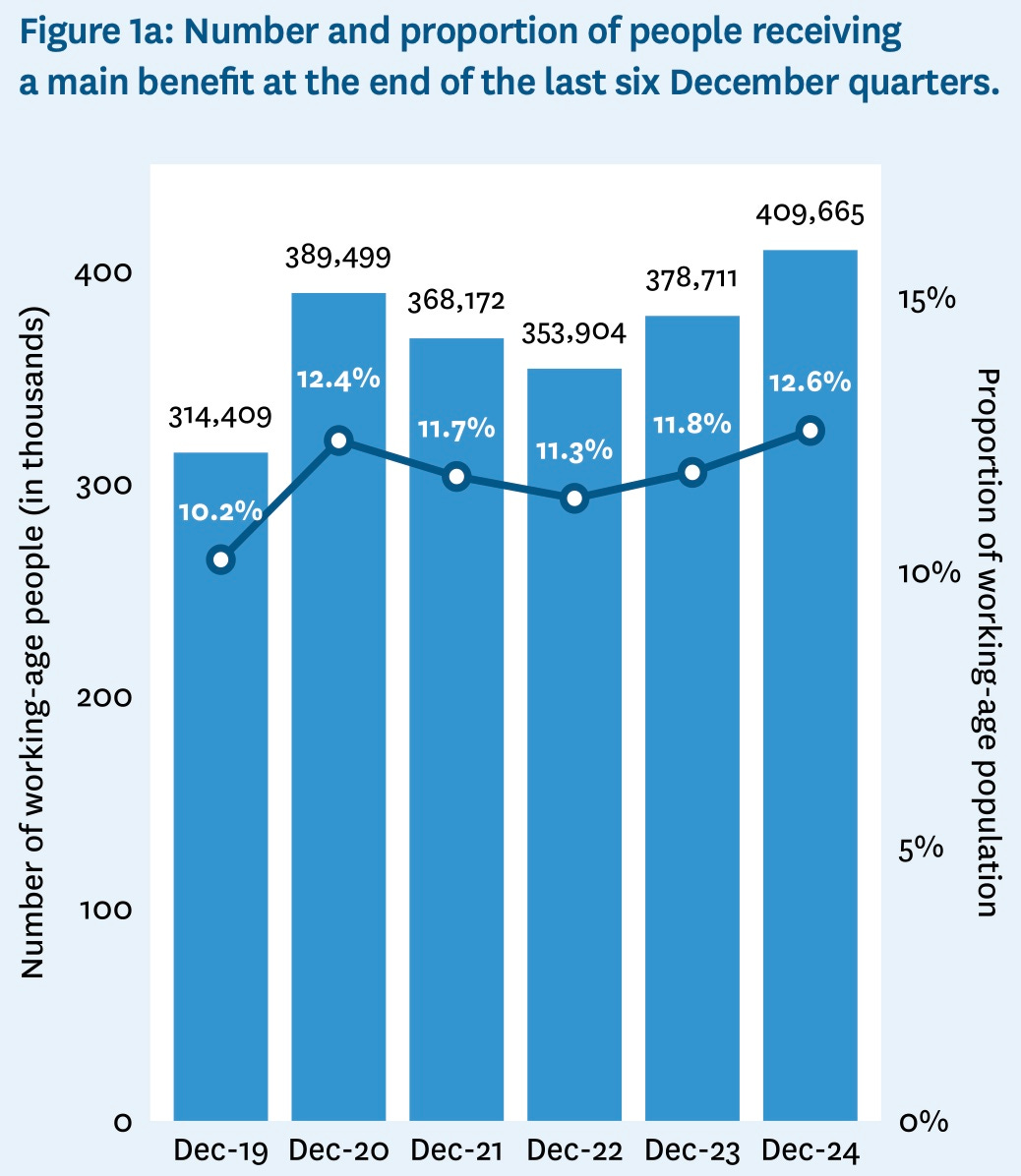
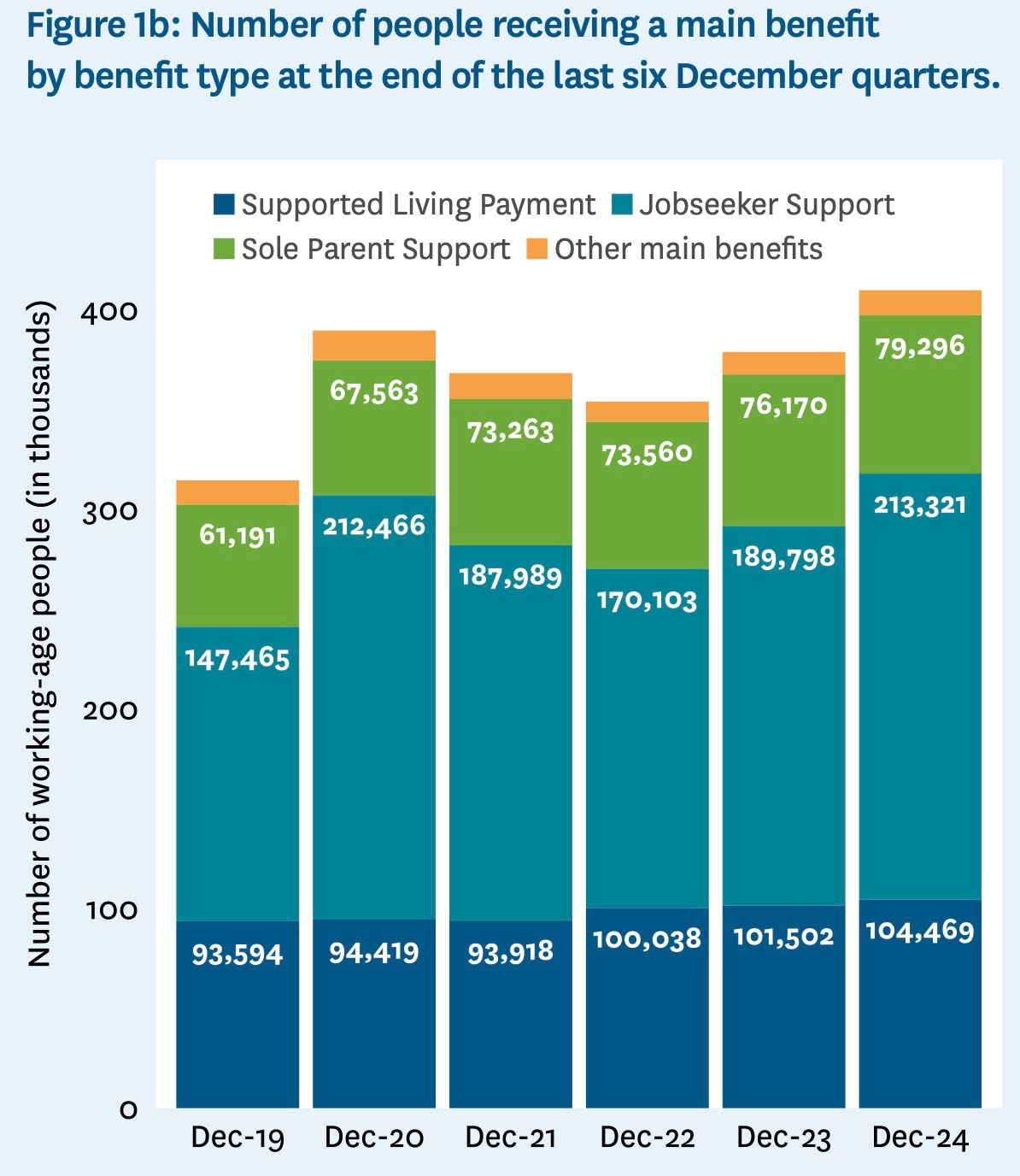
‘Hunt harder for work & work longer for wages that buy less’
The Government’s exhortation to hunt harder for fewer jobs and for more people to work more, and for longer hours, comes as fresh evidence was published to show real incomes after living costs and inflation are still falling, especially for those on the lowest wages and benefits.
Rent inflation running faster than wage inflation
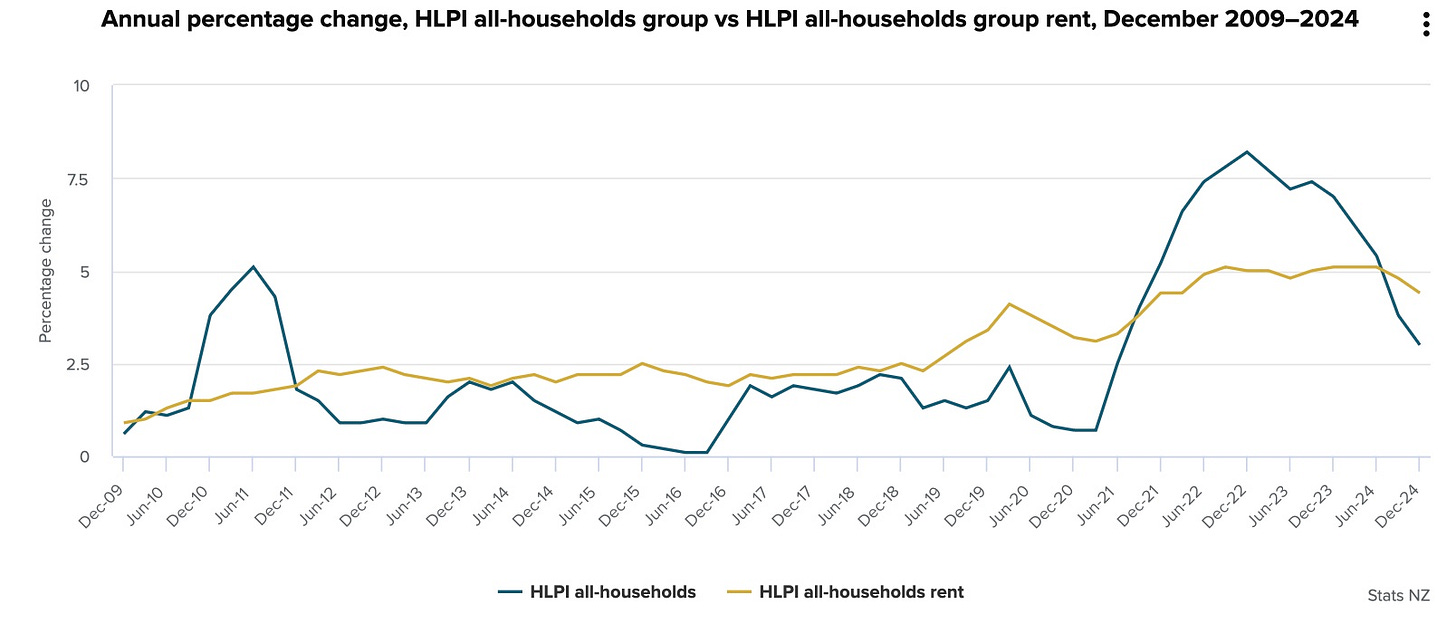
Leading to poorest seeing highest living cost inflation
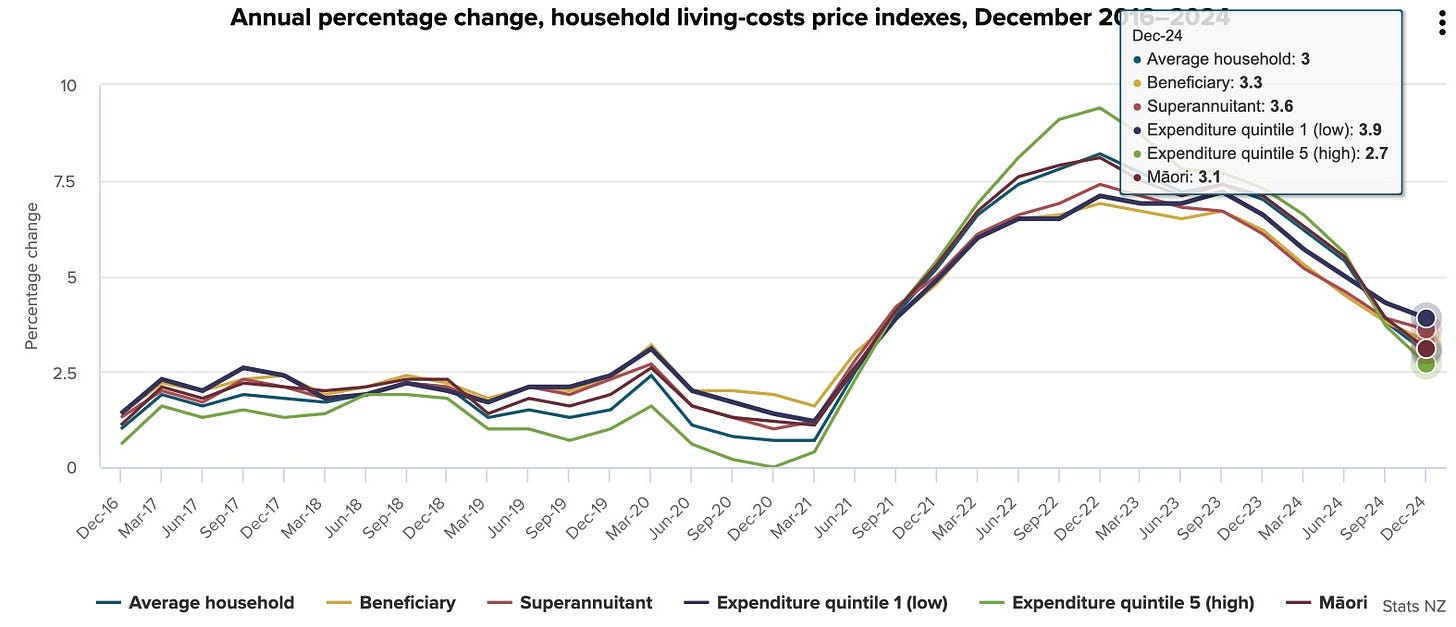
And helping drive more workers to flee the country
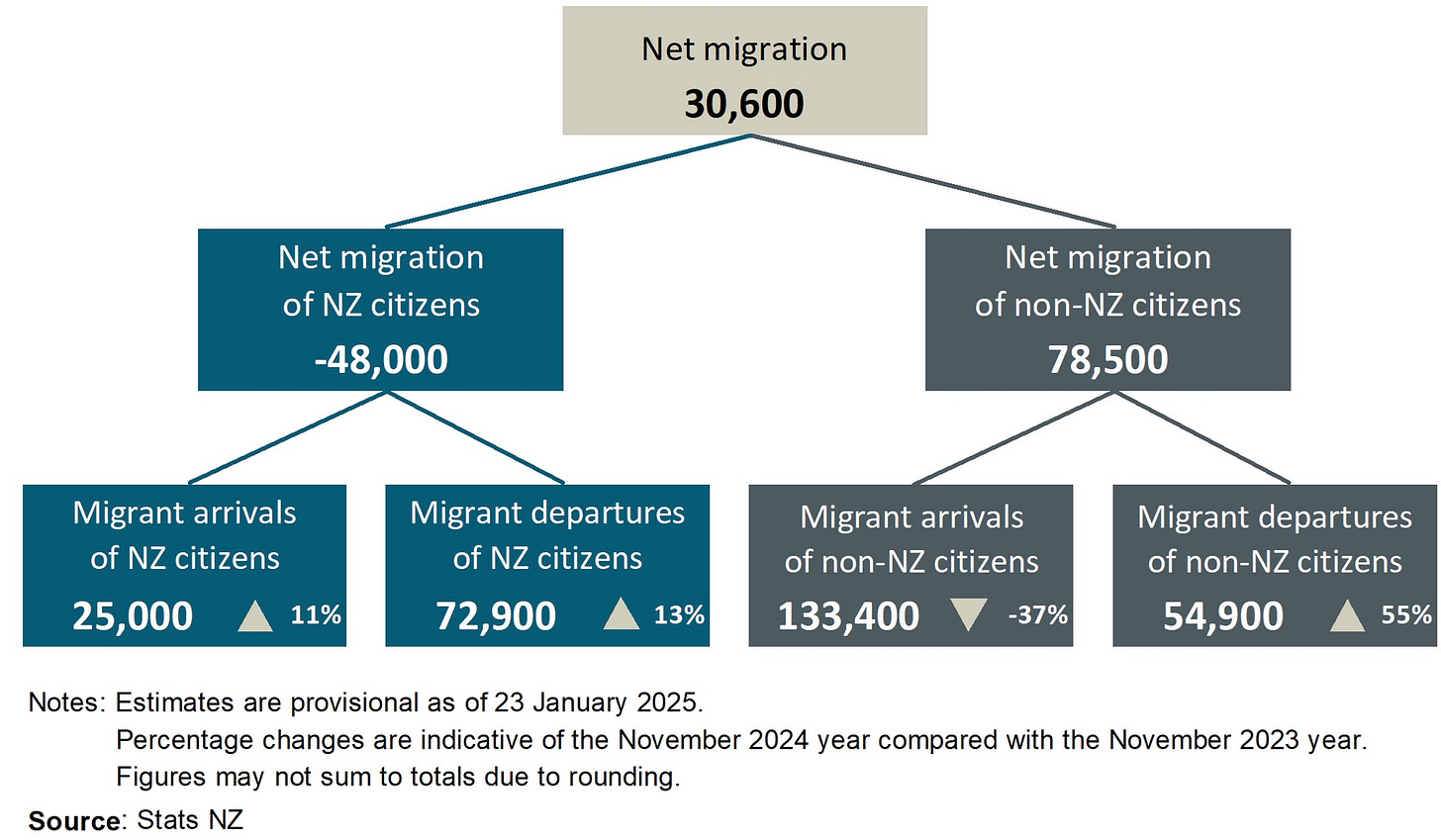
Away from a contracting jobs market in NZ…
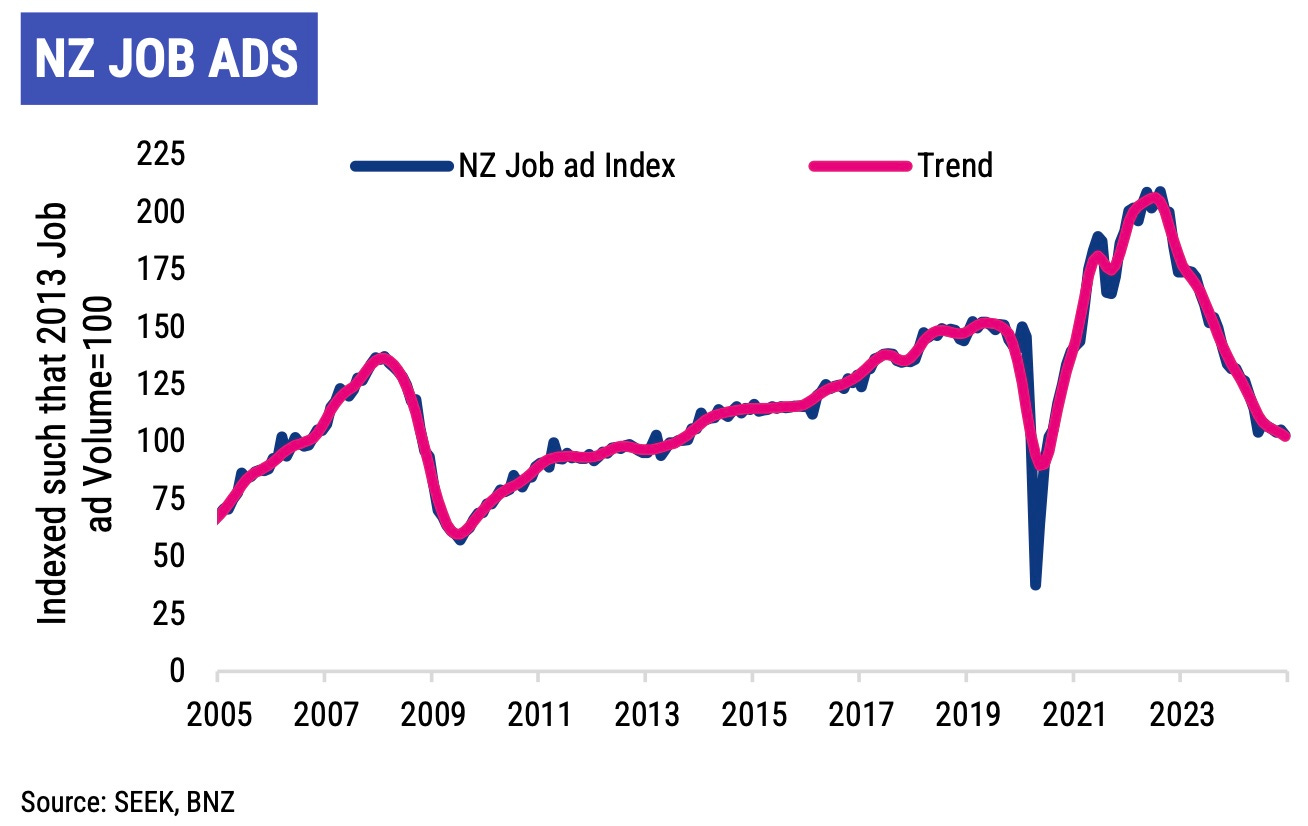
…but job ads are bouncing in Australia & back above pre-covid levels
Table of the day
Cartoon of the day
Timeline-cleansing nature pic
Ka kite ano
Bernard




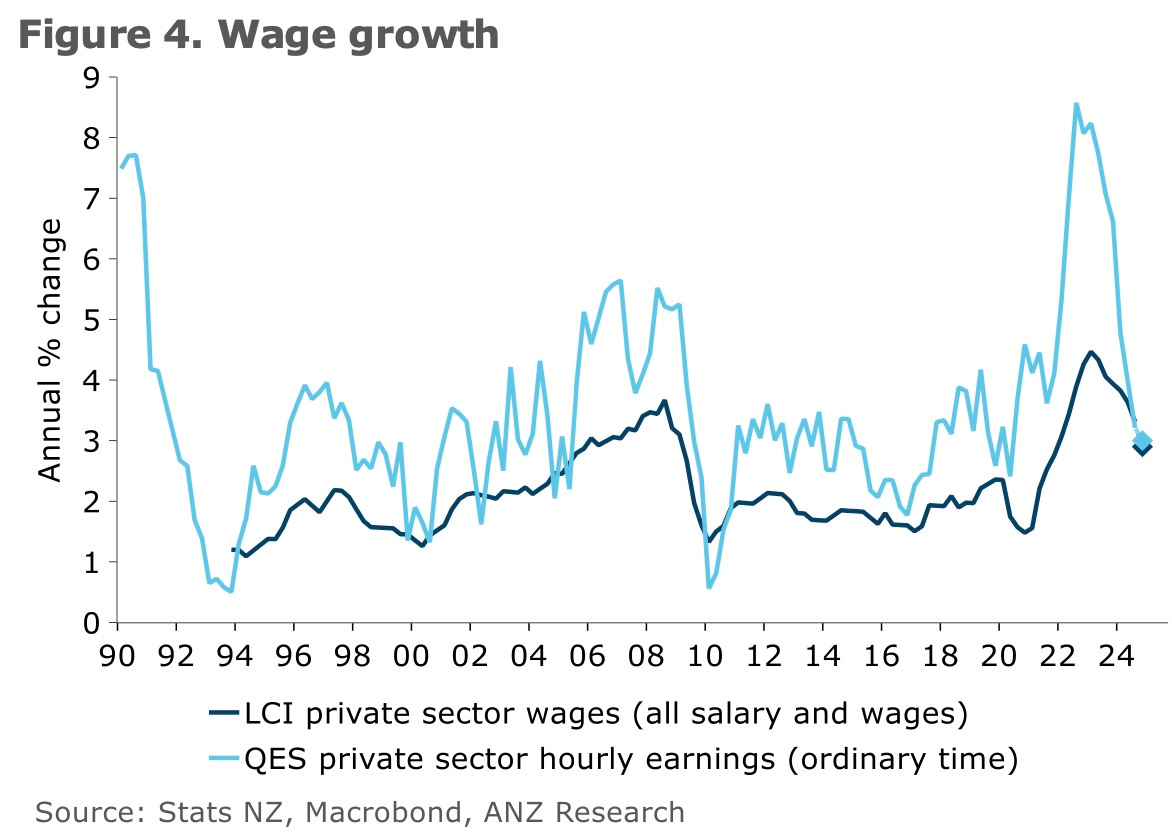
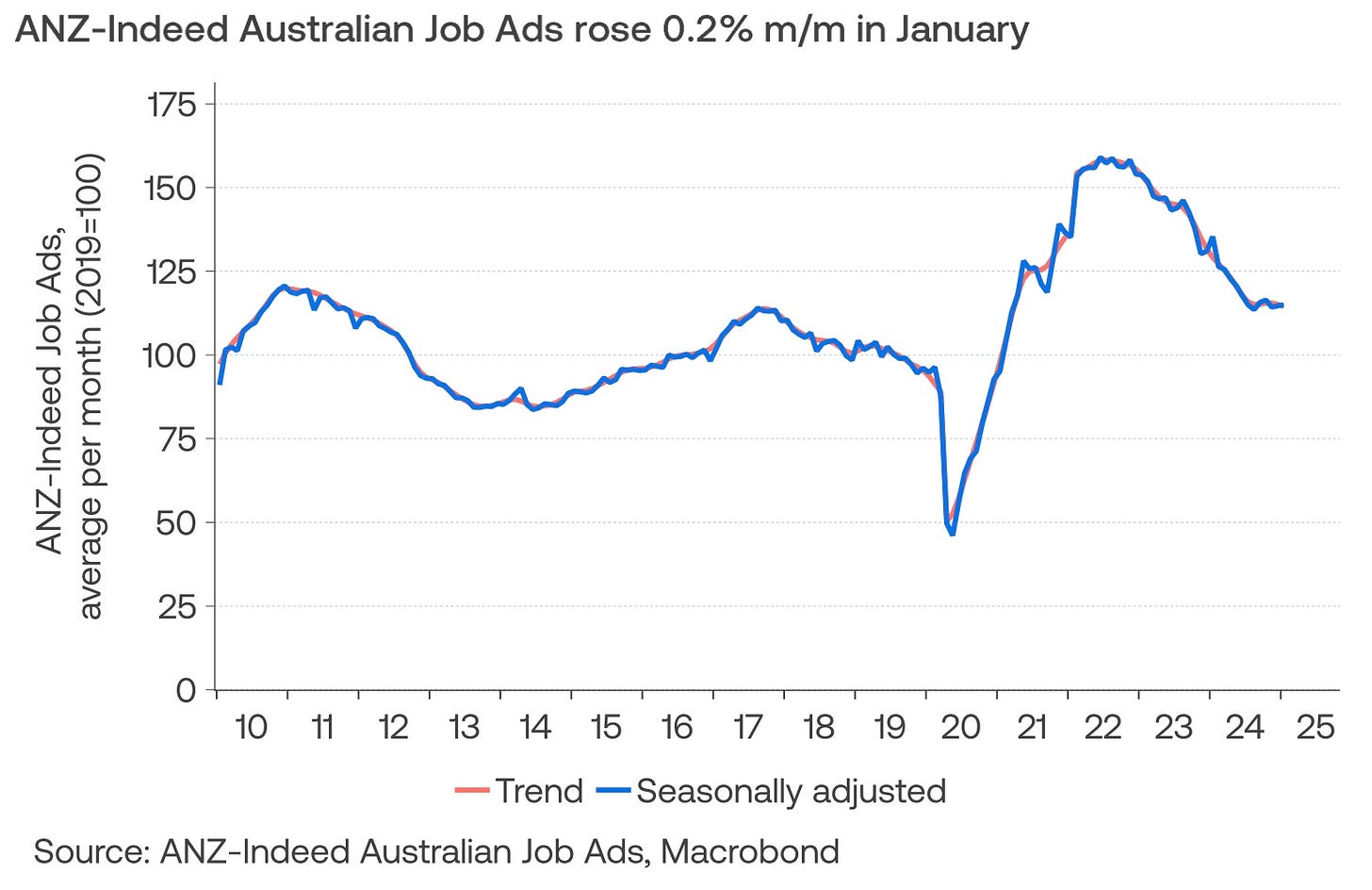



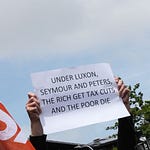
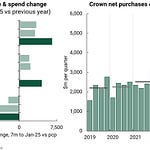
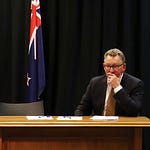
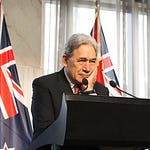



Share this post